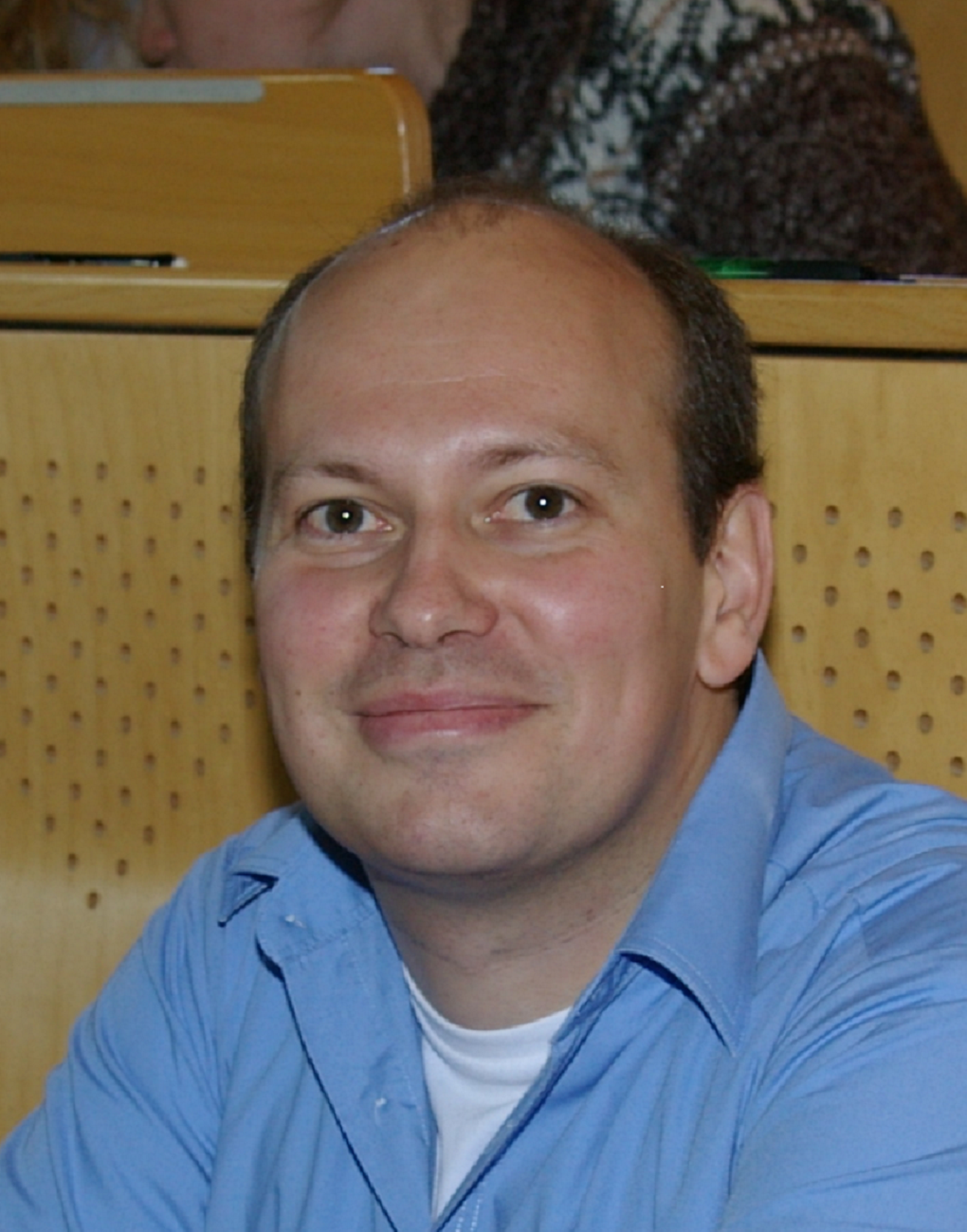
Project heads:
Prof. Dr. Ralf Borndörfer
/
Dr. Marika Karbstein
Project members:
Heide Hoppmann
Duration: -
Status:
completed
Located at:
Konrad-Zuse-Zentrum für Informationstechnik Berlin
Project heads:
Prof. Dr. Ralf Borndörfer
Project members:
Jonad Pulaj
Duration: -
Status:
completed
Located at:
Konrad-Zuse-Zentrum für Informationstechnik Berlin
Project heads:
Prof. Dr. Ralf Borndörfer
Project members:
Dr. Niels Lindner
Duration: 01.06.2017 - 31.12.2019
Status:
running
Located at:
Konrad-Zuse-Zentrum für Informationstechnik Berlin
Project heads:
Prof. Dr. Ralf Borndörfer
/
Prof. Dr. Martin Skutella
Project members:
Sebastian Schenker
Duration: 01.06.2017 - 31.12.2017
Status:
completed
Located at:
Konrad-Zuse-Zentrum für Informationstechnik Berlin
Project heads:
Prof. Dr. Ralf Borndörfer
/
Prof. Dr. Martin Skutella
Project members:
-
Duration: 01.01.2012 - 31.12.2016
Status:
completed
Located at:
Technische Universität Berlin
/ Konrad-Zuse-Zentrum für Informationstechnik Berlin